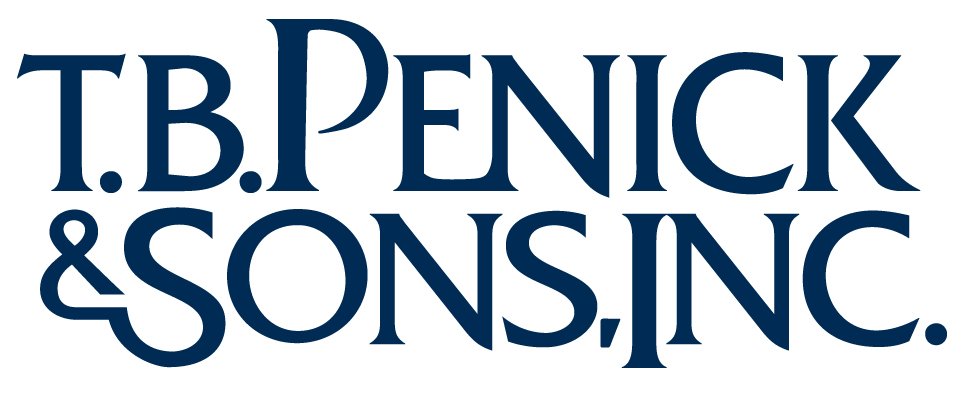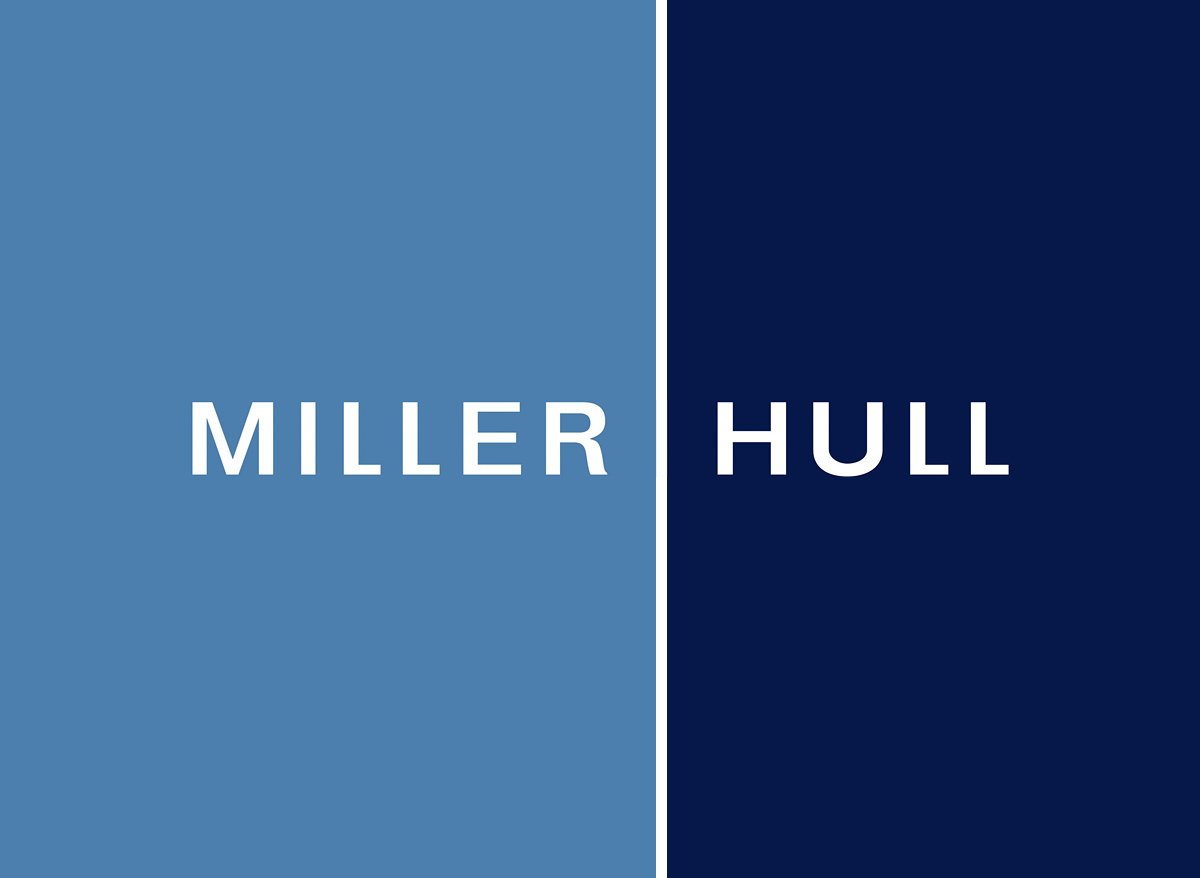THE BASICS
HVAC systems draw air into the building through ventilation points along the building’s envelope. The primary goal of a louver is to protect these ventilation points, including passive air ventilation points, from rainfall and other harmful elements. Excess moisture can produce mold growth, which becomes a health hazard for occupants. Louvers prevent this excess moisture from infiltrating by deflecting it.
A louver will have several angled blades spaced evenly across the frame. The blades are angled so that they deflect rainwater as it hits the louver’s face. With this design, air can pass through the free space between the louver’s blades while rain is rejected.
This is the basic design of a louver. Their primary goal is to accept airflow while preventing water infiltration.
WIND DRIVEN RAIN LOUVERS VERSUS THE STANDARD
It may seem redundant to choose a wind driven rain louver over a standard louver. Don’t all louvers protect against rain? The answer to this requires some additional considerations.
Standard louvers are tested for still air conditions, where the only air movement will be during system intake. They can still deflect rain if winds pick up, but they won’t be nearly as effective as a wind driven rain louver. Strong winds can blow heavy rain right through a standard louver during a severe weather event.
Wind driven rain louvers are designed for severe weather. These louvers have additional features along their blades that capture excess moisture as it tries to pass through the louver’s free area. They utilize blade catches which are small hooks along the blade’s surface that catch water as it travels along the air stream. The air continues to move through the louver while the water is diverted at the catch to the exterior face of the louver.
Without drain features, heavy rain can quickly overwhelm a louver. Severe weather louvers will also have drain features, like troughs and drain pans, that collect the water captured by blade catches. The troughs direct the captured water to the louver’s sill, where the drain pan prevents it from splashing back through the louver into the building or ductwork. In conjunction with the blade catch, these features keep water flowing out through the face of the louver.
WIND DRIVEN RAIN VERSUS DRAINABLE
What is the difference between a drainable louver and a wind driven rain louver? They both have drain troughs. However, the catch on the wind driven rain louver plays a significant role in deflecting water in a wind driven rain condition. The difference also comes down to testing.
A louver isn’t considered wind driven rain resistant unless it has been tested and rated for wind driven rain in accordance with AMCA 500-L. This test subjects a louver to simulated rain at a predetermined rate while a fan pushes air with water against the face of the louver. Technicians measure the amount of water that infiltrates the louver and compare this to the total water used for the test. With this, they determine the louver’s Effectiveness Rating, which is the percentage of total water rejected by the louver. These measurements are taken at multiple stages throughout the test, at increased air speeds and a greater rainfall rate. To maintain an Effectiveness Class rating of A, the louver must reject over 99% of incoming water. With the test complete, the louver will receive AMCA’s Certified Ratings Seal for Wind Driven Rain. This seal will be present on the louver itself and on the louver’s submittal.
Check the louver’s submittal for AMCA certified performance values. This will help you determine if the louver you have selected is suited for your application.
THE BENEFITS OF WIND DRIVEN RAIN LOUVERS
To summarize, here are the benefits of choosing wind driven rain louvers.
• They keep interiors dry during a storm. Wind driven rain louvers are designed to reject rainfall, even when it is windy outside.
• They prevent water damage to ductwork. Corrosion can damage ducts, which can lead to problems further down the line. Mold and mildew will cause poor air quality at the source.
• They are tested and proven to reject rainwater. AMCA certifies the industry’s standards. • Wind driven rain louvers reject the most rainfall of any louver type aside from hurricane louvers. They will work for most severe weather scenarios. For projects in hurricane prone areas, you will need louvers rated for Miami-Dade, or for AMCA Standards 540 and 550.
WIND DRIVEN RAIN LOUVERS FROM AWV
At AWV, our wind driven rain louvers are built for heavy rain. Each model is built with lightweight extruded aluminum, but every model provides the protection you need in severe weather. Many of our wind driven rain louvers provide the highest Effectiveness Rating of class A against the damaging effects of rain infiltration.
Looking for louvers that mesh with your project’s aesthetic? AWV offers no-cost color matching for our specialty finishes. Your louvers will fit your designs and meet your project’s requirements.
Start your next project with the right louvers. Choose AWV.
FOR HELP WITH YOUR NEXT PROJECT, CONTACT JAMIE BENSON AT ARCHITECTURAL RESOURCES.
Jamie Benson
Jamie@arch-resources.com
Architectural Resources - ARCH-RESOURCES.COM
San Diego, CA.































